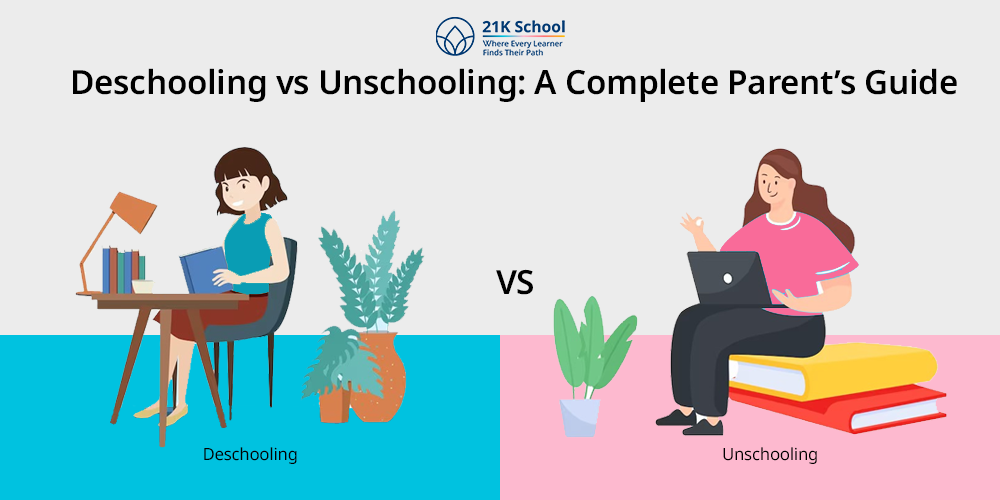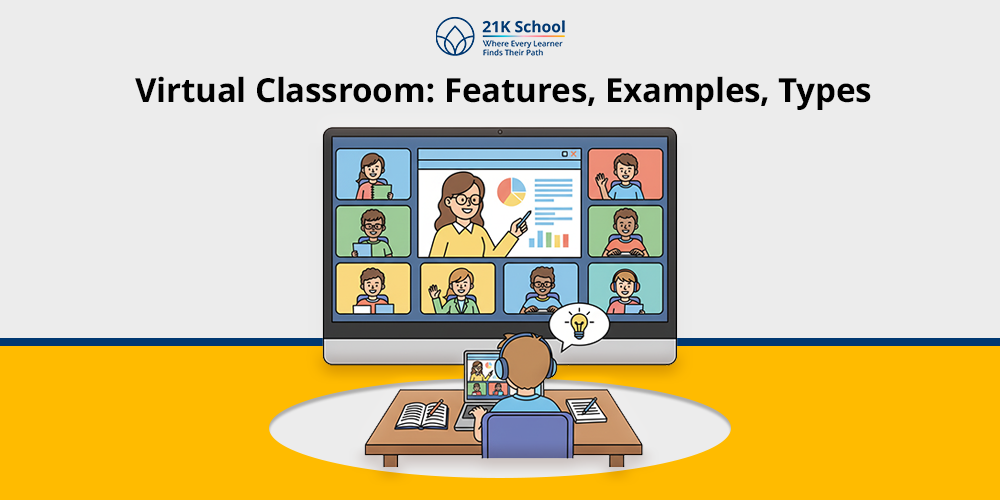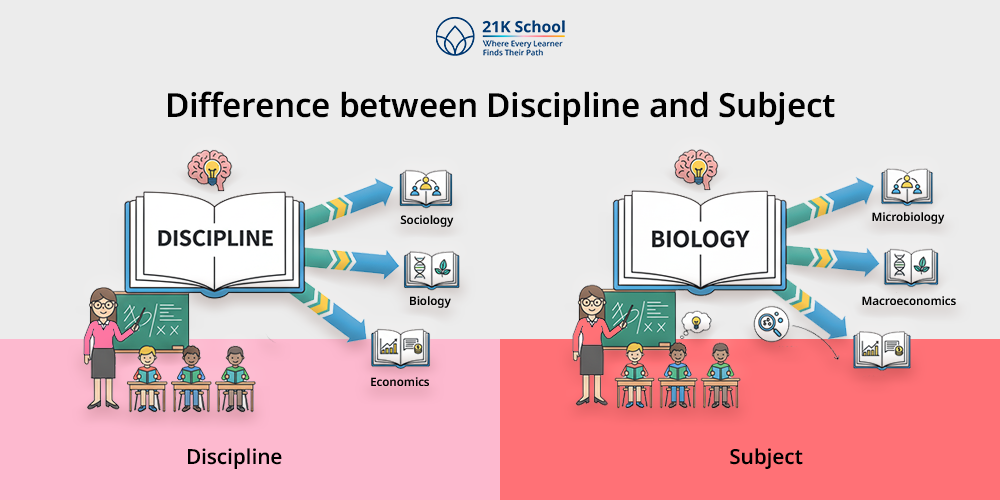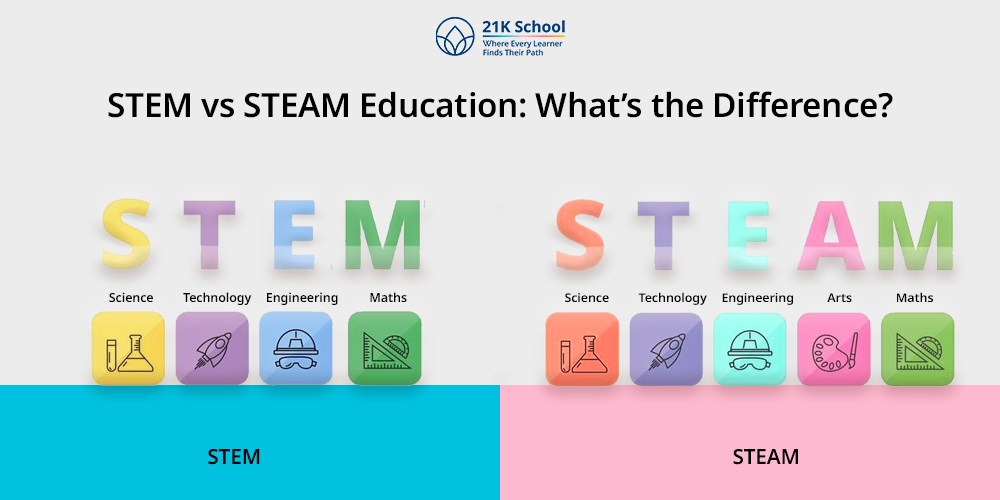
Learners nowadays have alternative opportunities of education. Two most popular names are de-schooling and unschooling.
Deschooling is a traditional mindset, it offers flexibility and a personalised learning approach.
While unschooling, an educational philosophy and student-centered learning gives freedom to choose the desired learning which increases learners interests.
Understanding both in depth can be helpful for parents, teachers and learners to choose the best path for kids. Let’s get a detailed comparison.
Table of Contents
What is Deschooling?
Deschooling means take a break from traditional schooling and shift conventional teaching methods and mindsets. It is toward a new conventional education system for learners.
It allows students to re-learn the standards, meet the expectations and frame new educational techniques.
Here learners can take a break from traditional classrooms where curriculum is rigid and syllabus is fixed.
In deschooling, one can work based on their interests and hobbies. They can also indulge in self-directed learning without the challenge of a fixed curriculum.
What is Unschooling?
Unschooling, popular education in which autonomy is given to children. This allows them to indulge in self-directed learning or self-regulated learning.
Learners get flexibility in learning instead of traditional school. This focuses on memorisation, structured and positive learning environments.
Unschooling provides a positive learning environment with flexibility in education.
In homeschooling students are encouraged to engage in extracurricular activities, discover their passions and learn new techniques.
Unschooling is also known for indulging students in lifelong learning and self-regulated learning by giving students the freedom to choose their learning path.
Difference Between Deschooling vs Unschooling
Deschooling and unschooling are both different concepts related to homeschooling, one defines transitional phase where one defines educational flexibility.
The main objective of both deschooling and unschooling is to avoid traditional techniques of teaching and learning.
Both are the educational philosophies that encourage students to learn without any fixed curriculum or structured learning environment. Identify the main differences in the table.
Here you can check the detailed differentiation of unschooling vs deschooling.
| Aspect | Deschooling | Unschooling |
| Autonomy | The aim of deschooling is to give students more freedom to explore their interests and build on their strengths. | Unschooling provides students with autonomy and enables them to study at their own pace and learning style. This allows them to indulge in self-directed learning |
| Duration | The transition period of deschooling varies for every student, some students may need a shorter break, while others might take a month or longer to adjust. | The duration of unschooling also differs; it is a procedure in which children take charge of their education, fostering enhanced capabilities. |
| Focus | The focus of deschooling is on the child’s interests during the transition period. This allows them to explore their strengths and weaknesses. | The focus of unschooling is a system of education that emphasises child-led learning and allows students to follow their interests and passions |
| Structure | Deschooling does not provide any structured education as it is a transitional phase in which students are taking a break and exploring their interests. | Unschooling provides a flexible structure that allows students and parents to actively indulge in the studies through exploration and their personal interests |
| Examples | Exploration of interests, emotional intelligence, time management skills, and personal ambitions are the examples of deschooling. | A flexible learning environment, self-assessment, experiential learning are the examples of unschooling. |
1. Autonomy
i) Deschooling
Deschooling provides autonomy to students, allows them to explore their limits and improve their strengths. This autonomy is helpful for exploring their interests. As in deschooling students take a short break from their educational journey and find new viewpoints.
ii) Unschooling
Unschooling provides autonomy to students, allows them to study as per their convenience. This autonomy allows them to take control of their education on how, when and what to study. This autonomy ensures self-directed learning and develops a curiosity towards specific subjects.
2. Duration
i) Deschooling
The duration of the de-schooling varies from student to student; some children may need a shorter break, while others might take a month or longer to adjust. It depends on students how much time they want for deschooling and want to explore their weaknesses and strengths.
ii) Unschooling
The duration of unschooling totally depends upon students’ preferences. This is the process in which students take charge of their education, fostering enhanced capabilities. Learners get the autonomy to engage in their education on their own.
3. Focus
i) Deschooling
The main objective is the child’s interest during the transition period. Kids learn in a new environment without any stress.
ii) Unschooling
Here, individuals follow their interests and passions in a flexible and organic way. Learners can work on their passions and start over in their academic life.
4. Structure
i) Deschooling
Here learners get a break from traditional classroom and teaching. Because it doesn’t provide structured instructions.
Learners can follow their passion or interests for academic achievement.
ii) Unschooling
It helps by providing flexibility in structure, parents and kids interactions, exploration of new ideas to fulfill academic needs.
5. Example
i) Deschooling
Work in curiosity and interests, emotional intelligence, time management skills, and personal ambitions are some common examples.
ii) Unschooling
Examples of unschooling are a flexible learning environment, self-assessment, experiential learning and so on.
Benefits of Unschooling
Unschooled students can study at the times that suit them best. It’s going to allow every student to go at their own pace and learn in the ways that work best for them.
Getting detailed benefits and information on unschooling:
1. Reduces Stress and Anxiety
Unschooling helps learners to reduce stress and anxiety in today’s education system.
As compared to conventional education methods, which only focus on structured schedules and summative assessments, it provides flexibility in learning.
2. Develops Critical Thinking Skills
Unschooling assists students in developing critical thinking skills. During the unschooling phase students can explore their interest and develop inquiry-based learning, towards topics.
They develop critical thinking skills which also allows them to develop a sense of responsibility towards their own learning.
Through critical thinking students can learn how to analyze information, consider conflicting opinions and make their own judgments.
3. Enhances Problem-Solving Skills
Unschooling makes education more effective and supportive through fostering curiosity and learning spirit within them.
This enables students to develop problem-solving skills through effective strategies of learning.
Problem solving skills allow children to take problems as opportunities and create smart solutions for complex problems.
4. Boost Motivation
Unschooling enables students to explore themselves by creating more advanced learning experiences.
This self paced learning opportunities allows students to develop motivation as well as allows them to pursue their interests and passions.
Students with positive motivation make them, self-starter, goal achiever, and seekers of information, which results in a more enriching and deeper learning experience.
5. Promotes Concentration
Through unschooling children are better able to concentrate on their studies and learn in an engaging way. When children learn on their own they will become more engaged towards their studies.
This helps in developing a deep understanding of the subject matter, which improves their concentration and focus.
Benefits of Deschooling
Learners can improve their educational journey by including deschooling. It has a lot of advantages as compared to traditional learning patterns.
To understand why implementing the schooling is beneficial here you can go through some primary benefits:
1. Flexible
Most of the learners select deschooling due to its flexible learning feature. This means the learner has an opportunity to gain knowledge in their own way by creating study routines and play time.
Now they can avoid using a fixed study time table which reduces their interest day by day. Flexibility is ideal for all from normal students, slow learners and students with disabilities.
2. Gives Autonomy
The approach offers autonomy which helps them to indulge in learning as they want.
Autonomy provides them with an independent environment, a self created learning structure and more positive learning.
This allows them to understand their weak points and allows them to improve their academic performance.
3. Develop Curiosity
Deschooling allows students to develop curiosity through self exploration.
Enabling children to study topics that really interest them without the need for a traditional schooling system or any motivation in their learning process.
This helps in developing a sense of inquiry learning and encourages them to inquire, find answers and explore.
Conclusion
Both the concepts are unique and can be easily implemented in learners’ educational journey. But, learners should choose according to their needs.
Deschooling is effective for an individual seeking for a structured and systamatic learning routine.
And unschooling is mainly focused on self-directed learning and gives a chance to continue their interests at their pace.
Remember to take decisions by exploring each element from their focus to structure and duration etc.



